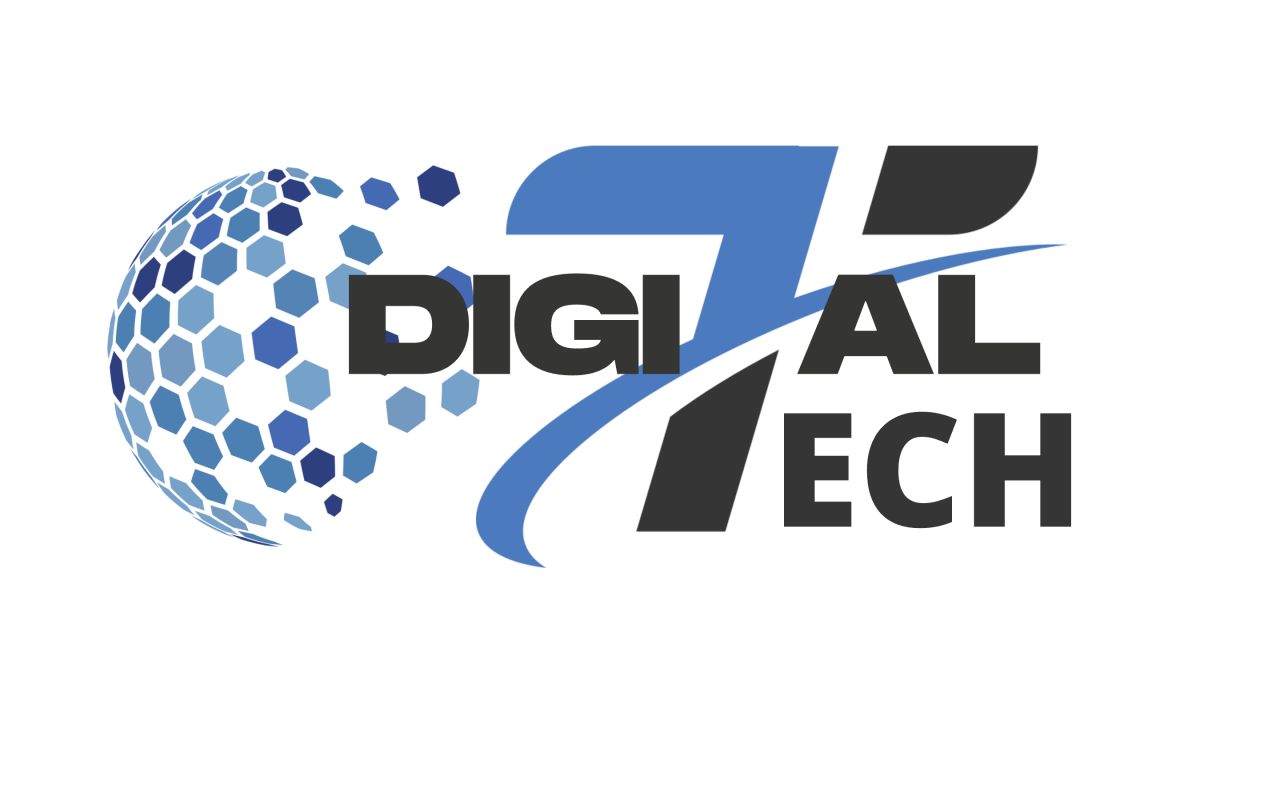Tired of wasting your advertising budget on impressions and clicks with no return? Don’t worry—CPA can help. Mobile app campaigns with cost per action (CPA) are becoming the preferred method for companies seeking meaningful results. CPA campaigns are cost-effective, charging only for successful user actions, thus boosting your app’s awareness and engagement.
If that wasn’t enough to persuade you, the icing on the cake is that CPA campaigns eliminate the need for you to squander money on ads for people who don’t interact with your app. Let’s now discuss the benefits that CPA offers and why it is so vital.
1. To begin with, let me explain what Cost Per Action (CPA) is
In mobile app marketing, CPA (cost per action) means advertisers pay for specific user actions, such as app installs, in-app purchases, or registration form completions. Unlike traditional advertising, which charges for clicks or impressions, CPA focuses on conversions and real user engagement.
CPA is a vital metric in mobile app marketing, indicating a campaign’s success and efficiency. By monitoring and optimizing CPA, app marketers can evaluate ROI and make data-driven decisions to improve their marketing programs.
Given that advertisers only pay for successful actions, CPA mobile app campaigns can be a cost-effective approach to increasing engagement and high-quality app installs while lowering overall advertising expenses.
The value of CPA lies in its ability to allow marketers to pay media sources a set sum for each predefined action—like a purchase or registration—that those sources generate. How can you measure CPA (cost per action)?
2. Campaigns for Mobile App Marketing: CPI vs CPA
In mobile app marketing, the two most widely utilized pricing models are CPI (cost per install) and CPA (cost per action). The primary distinctions between the two are as follows:
- Action vs. Install: The sort of action that marketers pay for is the primary distinction between CPI and CPA. When using CPI, advertisers receive payment for each app install that results from their advertising. Advertisers pay for a particular user action—like completing a registration form or making an in-app purchase—when they utilize CPA.
- Conversion Rates: CPI campaigns often have higher conversion rates than CPA efforts because consumers are more likely to install an app than complete an action within it. However, CPA campaigns can be more effective in promoting high-value behaviors like purchases or service sign-ups.
- Targeting: CPA campaigns tend to be more targeted than CPI campaigns since marketers can concentrate on users who are more likely to do a certain action within the app. However, both types of campaigns can be adjusted to target particular user categories.
- Cost: Since installs don’t always result in income, CPI campaigns often have a lower cost per install than CPA efforts, but the total cost could be greater. If advertisers can encourage consumers to take high-value actions, CPA ads may yield higher returns on investment.
Generally, depending on the objectives of the advertising campaign, both CPI and CPA have advantages and disadvantages. Campaigns aiming to drive app installs are best served by CPI, whereas those focusing on attracting high-quality users and encouraging particular app actions are better served by CPA.
3. Why CPA Is Lucrative for Marketing
CPA (cost per action) is beneficial for mobile app marketers as it offers an affordable way to recruit engaged users and maximize ad spend. By assigning a specific cost to each desired action, advertisers can efficiently manage their budget and ensure they achieve the required results within their cost limits.
CPA campaigns can yield higher ROI than other models because advertisers pay only when users complete desired actions, like app installs or in-app purchases. The CPA model is profitable because advertisers set up in-app actions, or payable events, that align closely with their revenue and business goals, such as conversions. In this approach, advertisers only pay their partners when users have taken an action that brings in money for them.
In actuality, one of CPA’s main benefits is its capacity to draw in high-caliber customers. By optimizing CPA mobile app campaigns with data and analytics, advertisers can target likely high-quality users and make data-driven decisions. This strategy increases user acquisition and avoids wasted ad spend by targeting users who are genuinely interested in the app.
4. Pills for CPA Mobile App Marketing Campaigns
In conclusion, CPA (cost per action) is the magic ingredient you need to add some zing to your marketing campaign if you’re an advertiser searching for a profitable and effective strategy to increase user engagement and your mobile app’s growth.
When you can target high-value users and only pay for the actions that count, why settle for educated guesses and wasted advertising dollars?
CPA offers a measurable and affordable method of mobile app marketing that can help you improve ROI and propel your app’s success by concentrating on high-quality users and tailoring your campaigns accordingly. So, why do you hesitate? Try out CPA and watch those incredibly nice conversions come in!

